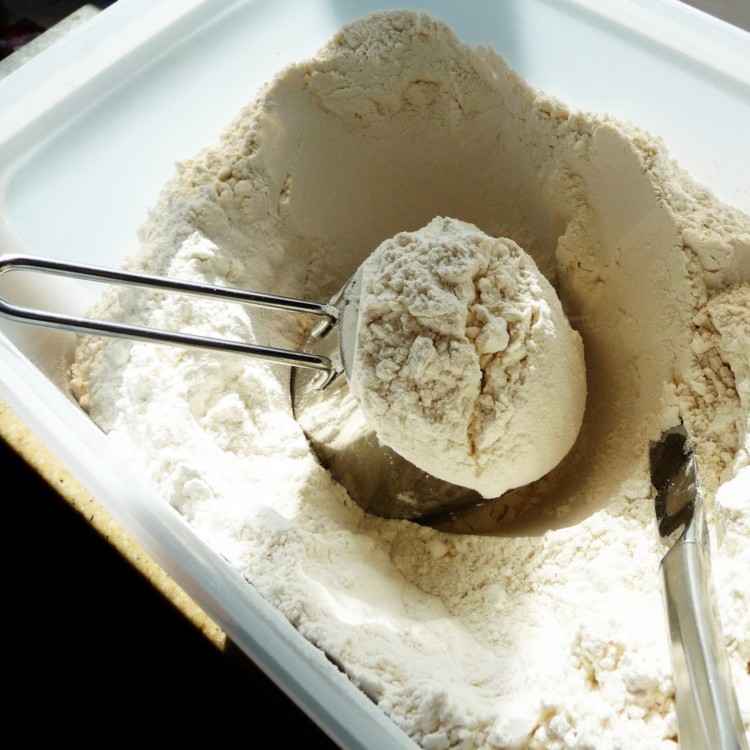
The Different Types of Wheat Flour & Their Uses
Confused by all the different types of flour in the baking aisle? This guide covers the 9 most common types of flour, their uses, and recipes to make with each.
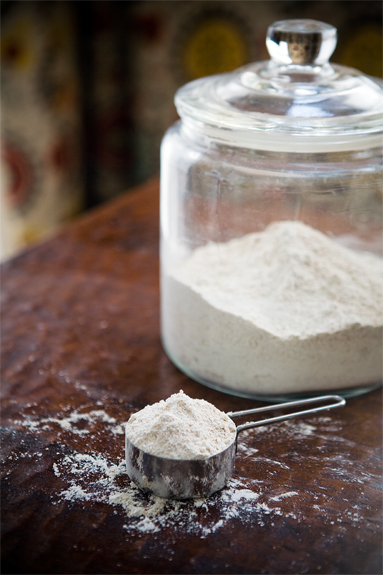
What Is Flour?
“Flour” is an umbrella term that refers to the powder that’s produced when grains are milled (i.e. pulverized). Wheat is the most common grain used to make flour, but technically any grain can be milled to make flour (rice, oats, barley, corn, etc.)
You can also find various nut flours at the grocery store these days (such as almond flour), but they are not technically considered flours since they’re grain-free.
What Is Flour Made Of?
Flour can be made with any milled grain, with wheat being the most commonly used. In this guide, I’ll be addressing the different types of wheat flour only.
However, flour may also be made with grains such as rice, oats, barley, corn, and so on.
What Is Wheat?
As I mentioned above, this is a guide to the different varieties of wheat flour. But, what is wheat?
In short, wheat is a variety of grass that’s grown for its seed (also called the kernel). Wheat kernels are a type of cereal grain that can be milled to produce flour.
The seed of the wheat plant is made of three parts: the germ, bran, and endosperm.
If the entire kernel is milled to create flour, it’s considered whole grain flour. However, some or all of the germ and endosperm can be removed to create different types of flour with varying amounts of protein (with gluten being a key protein in wheat flours).
The 3 Parts of a Wheat Kernel
The seed of the wheat plant is also called the kernel. The three parts of a wheat kernel are:
- Bran — The outer skin of the edible wheat kernel. It’s made up of many layers and is very rich in B vitamins. You can purchase wheat bran separately at the grocery store, but it’s also included in whole wheat flour.
- Endosperm — Makes up the largest portion of the wheat kernel. It contains lots of protein, carbohydrates, and is also a good source of soluble fiber. The endosperm is the germ’s food supply and it’s what helps the wheat plant grow.
- Germ — The embryo of the wheat kernel. It’s what sprouts to make the wheat plant grow. The germ contains a higher amount of fat than the bran or endosperm so it’s often removed when making white flour (the extra fat makes flour spoil quicker!).
Classifying Wheat
When it comes to classifying flour, the main thing to know is hard vs soft wheat.
However, here’s a broad overview of all the wheat classifications that go into deciding how a type of flour is labeled for supermarket shelves:
- Hard wheat vs soft wheat: Hard wheat has a higher protein content than soft wheat (11 to 15% vs 5 to 9%). Hard wheat creates stronger gluten development and is better for making sturdier baked goods or doughs, like breads or pastas. Soft wheat has a weaker gluten development, making it ideal for muffins, cakes, pastries, and quick breads.
- Red wheat vs white wheat: “Red” and “white” refer to the color of the wheat bran (i.e. the outer part of the wheat kernel). Red wheat contains tannins and is more bitter in flavor, whereas white wheat contains fewer tannins and is milder in flavor.
- Spring wheat vs winter wheat: “Spring” and “winter” refer to when the wheat was planted, NOT when it was harvested. Winter wheat has a lower protein content, while spring wheat has a higher protein content.
What Is Gluten and What Does It Do?
Gluten is a type of protein that’s found in wheat. It helps bind foods together and also provides elasticity. Gluten also makes certain foods, such as pasta, chewy.
If you’ve ever tried making gluten-free bread or pizza dough, you likely noticed how difficult the dough was to work with. Gluten-free doughs and batters are prone to tearing and are difficult to bring together.
That’s because gluten-free flours lack the strong protein structure that a regular wheat-based flour would provide.
Tip: Not all flours contain gluten, but all wheat flours do!
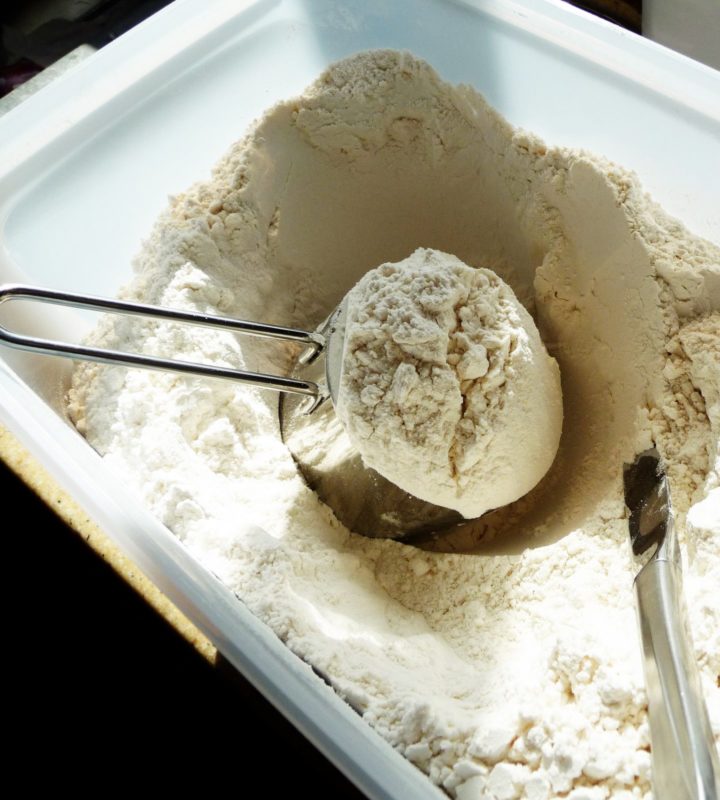
How to Choose the Right Flour Type
In addition to knowing what the various kinds of flour are (such as all purpose vs whole wheat and so on), there are also different protein amounts to note. You should also be aware of the differences between bleached vs unbleached flour.
Choosing Between Bleached vs Unbleached Flour
Bleached flour has been treated with chemicals to make it age more quickly. This results in a more finely milled, softer flour that’s a vibrant white in color. Bleached flour makes for lighter, fluffier baked goods and is what you should reach for when making cakes, cupcakes, or muffins.
Unbleached flour has been allowed to age naturally. It’s slightly coarser in texture than bleached flour and is off-white in color. It’s best to save unbleached flour for recipes requiring more structure, like pizza dough, breads, and pastries.
Choosing Between Low- vs High-Protein Flours
Different types of flour are made with different parts of the wheat kernel to control the amount of protein in the finished product.
Using lower or higher protein flours produces different results in baked goods, so it’s important to know which flour to buy for which type of recipe!
A basic rule of thumb to remember is:
- Higher protein flours = stronger gluten production (ideal for breads and doughs)
- Lower protein flours = weaker gluten production (ideal for pastries, cakes, and other delicate baked goods)
Different Types of Flour & Their Uses
There are so many different varieties of wheat flour, but I’ve listed the nine most common types in the section below. In addition to explaining what the types of flour are, I’ve also shared how to measure them and what they should be used for.
All-Purpose Flour
All-purpose flour reigns supreme in most kitchens for a reason — because it works in just about any recipe!
Even if a recipe calls for another type of wheat flour, chances are good that all-purpose flour can be used instead. (Granted, the final product might not have quite the same texture, but the recipe should still work!)
All-purpose flour is produced using a blend of hard and soft wheat. It has a medium protein content (10% to 13%) and may be bleached or unbleached.
Bleached all-purpose flour is finer in texture and more suitable for cakes, cupcakes, and cookies. Unbleached all-purpose flour is denser and better for yeast breads and doughs.
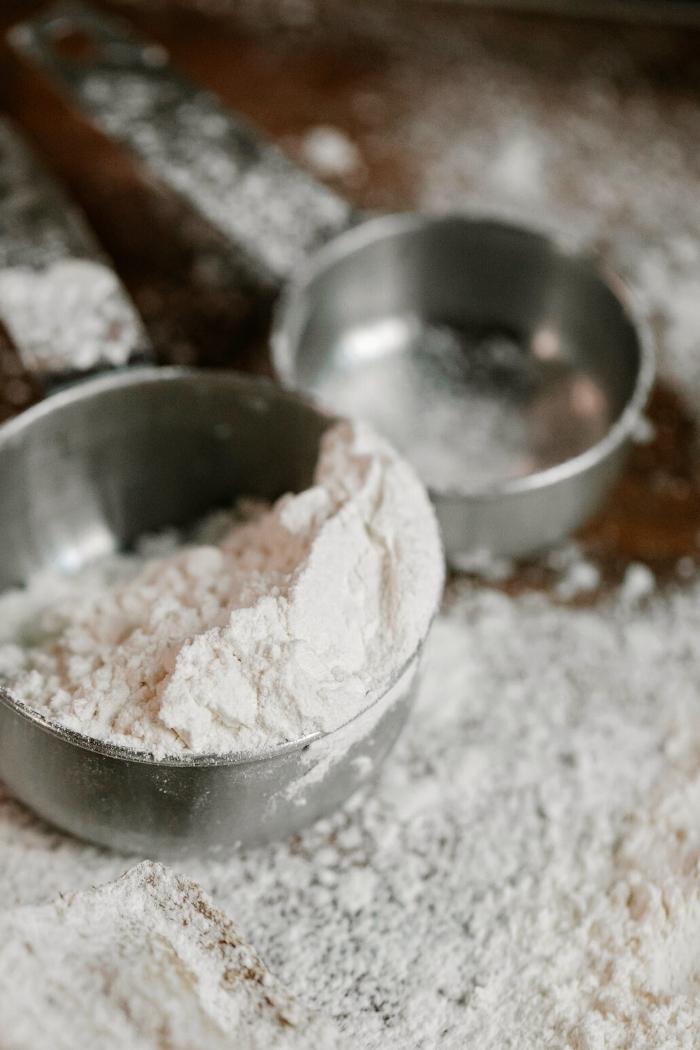
Measuring All-Purpose Flour
How many grams are in 1 cup of all-purpose flour? 120 grams
How many ounces are in 1 cup of all-purpose flour? 4.25 ounces
When to Use All-Purpose Flour
All-purpose flour works in just about any recipe, hence the name! Try using it in:
- Cakes and cupcakes: Cardamom Coffee Cake, Vanilla Cupcakes
- Cookies: Vanilla Cut-Out Cookies
- Muffins: Zucchini Apple Muffins
- Breads: Pecan Waffles, Rustic Garlic Herb Bread
- Doughs and pastries: All-Butter Pie Crust, Strawberry Galette,
- Sauces: Bacon Mac and Cheese, Turkey Gravy
- Breading: Baked Chicken Parmesan
Cake Flour
Cake flour is a low protein flour (6 to 8%) that’s made from soft wheat. It’s higher in starch than all-purpose flour, which makes it absorb more liquid and fat. This results in baked goods that are more tender and moist.
Cake flour is also blanched and is much more finely milled than all-purpose flour. As the name suggests, it’s ideal for cakes, cupcakes, or anything else you want to be light and airy!
Do NOT use cake flour to make yeast breads, certain pastries, or anything that requires higher amounts of gluten for structure and stability.
Tip: In a pinch, you can make your own cake flour substitute. To do so, add 2 tablespoons of cornstarch to a 1 cup measuring cup. Fill the remaining space with all-purpose flour to make 1 cup of cake flour.
Measuring Cake Flour
How many grams are in 1 cup of cake flour? 113 grams
How many ounces are in 1 cup of cake flour? 4 ounces
When to Use Cake Flour
- Cookies: White Chocolate Raspberry Cheesecake Cookies, Chocolate Chip Cookies
- Cakes and cupcakes: Banana Streusel Snack Cake, Cherry Limeade Cupcakes, Vanilla Sour Cream Cupcakes
- Biscuits: Chicken Pot Pie with Buttermilk Biscuit Crust, Flaky Biscuits with Cheddar and Ham
Pastry Flour
Pastry flour is the middle ground between cake flour and all-purpose flour. It’s made from soft wheat flour and has a lower protein content (7 to 9%).
This creates a beautifully flaky texture and tender crumb, hence why it’s perfect for making pastries!
You can purchase white pastry flour or whole wheat pastry flour at the store. Use whichever your recipe specifies.
Pastry flour is best suited for certain types of cookies, as well as pastries like danishes, croissants, pie and tart shells, scones, waffles, biscuits, etc.
Do NOT use pastry flour for yeast breads because the gluten content is too low to provide sufficient structure and your bread will end up being flat and dense.
Measuring Pastry Flour
How many grams are in 1 cup of pastry flour? 106 grams
How many ounces are in 1 cup of pastry flour? 3.75 ounces
When to Use Pastry Flour
- Pie and tart shells: Cinnamon Pear Galette
- Pastries: Homemade Cinnamon Pop-Tarts
- Waffles
- Scones
- Croissants
Bread Flour
Made from hard wheat, bread flour has the highest protein content (12 to 15%) of the types of flour listed in this guide.
Bread flour is perfect for — you guessed it! — baking bread (specifically artisan and yeast breads). This hearty flour creates a chewy texture, lots of air bubbles, and provides structure. Doughs made with bread flour are very strong and elastic, and the finished loaf of bread typically has a good crust.
Do NOT use bread flour in cakes, cupcakes, most cookies, pastries – really anything that is intended to be delicate, airy, and / or flaky.
Measuring Bread Flour
How many grams are in 1 cup of bread flour? 120 grams
How many ounces are in 1 cup of bread flour? 4.25 ounces
When to Use Bread Flour
- Baguettes
- Dinner rolls
- Pretzels
- Bagels
- Sourdough
- Challah
Self-Rising Flour
Self-rising flour is most commonly used in the UK and the southern US. It’s a low-protein flour made from soft wheat.
Self-rising flour is so-named because it contains a leavening agent, typically baking powder. It also contains added salt to help strengthen the gluten development.
A key thing to remember when buying self-rising flour is that it expires quicker than all-purpose flour. Baking powder loses its potency over time, so try to use self-raising flour within 6 months of buying it!
I recommend using self-rising flour only when a recipe specifically calls for it, otherwise you might be adding too many leavening agents to your baked goods. The types of recipes that usually call for self-rising flour include cakes, cupcakes, muffins, biscuits, pancakes, and quick breads (anything you want to become tall and fluffy!).
Tip: You cake your own self-rising flour substitute by combining 1 cup of all-purpose flour + 1 ½ teaspoons baking powder + ½ teaspoon of salt.
Measuring Self-Rising Flour
How many grams are in 1 cup of self-rising flour? 113 grams
How many ounces are in 1 cup of self-rising flour? 4 ounces
When to Use Self-Rising Flour
- Cakes
- Cupcakes
- Muffins
- Biscuits
- Pancakes
- Waffles
- Quick breads
00 Flour
In Italy, double zero flour (doppio zero) refers to the finest milled flour. 00 flour has a medium protein content (12 to 13%) and is made from durum wheat.
00 flour creates a strong gluten structure that’s less elastic, which results in less chewy baked goods.
This is the flour you want to use for making pasta and pizza dough. It can be replaced with all-purpose flour, but if a recipe calls for 00 flour there’s a reason for it!
Measuring 00 Flour
How many grams are in 1 cup of 00 flour? 116 grams
How many ounces are in 1 cup of 00 flour? 4 ounces
When to Use 00 Flour
- Pasta
- Noodles
- Gnocchi
- Pizza dough
- Dumplings
- Focaccia
- Flatbreads
Whole Wheat Flour
Made from hard red wheat, whole wheat flour is produced using the entire wheat kernel. It has a high protein content (11 to 15%) and is much coarser in texture than all-purpose flour. It’s also dark in color and is higher in fiber, minerals, and nutrients.
This type of flour is slightly nutty in flavor.
Whole wheat flour goes bad more quickly than other types of flour, so you need to use it within a few months of purchasing it.
It works well in heartier recipes or denser baked goods, like crackers, breads, some pastas, rolls, bagels, etc. Whole wheat flour is often combined with all-purpose flour or another, lighter flour because recipes made solely with whole wheat flour are heavier in flavor and quite dense in texture.
Measuring Whole Wheat Flour
How many grams are in 1 cup of whole wheat flour? 113 grams
How many ounces are in 1 cup of whole wheat flour? 4 ounces
When to Use Whole Wheat Flour
- Breads and rolls: Whole Wheat Baguette
- Muffins: Whole Wheat Blueberry Muffins, Whole Wheat Strawberry Muffins
- Pancakes and waffles: Whole Wheat Waffles, Whole Grain Pancake Jars
- Crackers
- Bagels
White Whole Wheat Flour
White whole wheat flour is incredibly similar to whole wheat flour, except that it’s made with hard white wheat instead of hard red wheat. It’s also produced using the entire wheat kernel and has a high protein content (13 to 14% protein).
White whole wheat flour is lighter in color and slightly milder in flavor than whole wheat flour. Just like whole wheat flour, white whole wheat flour goes bad quickly so you’ll need to use it within 3 months of buying it.
Note that white whole wheat flour and whole wheat flour can be used interchangeably.
Measuring White Whole Wheat Flour
How many grams are in 1 cup of white whole wheat flour? 113 grams
How many ounces are in 1 cup of white whole wheat flour? 4 ounces
When to Use White Whole Wheat Flour
- Breads and rolls: Whole Wheat Baguette
- Muffins: Whole Wheat Blueberry Muffins, Whole Wheat Strawberry Muffins
- Pancakes and waffles: Whole Wheat Waffles, Whole Grain Pancake Jars
- Crackers
- Bagels
Semolina Flour
More coarsely milled than all-purpose flour, semolina flour is made from the endosperm of durum wheat. It has a high protein content (13% or more), which makes for a chewy final product.
Semolina flour is sweet and nutty in flavor. It’s sold in varying levels of coarseness ranging from coarse to medium to finely ground.
Semolina is the ideal pasta flour!
Measuring Semolina Flour
How many grams are in 1 cup of semolina flour? 163 grams
How many ounces are in 1 cup of semolina flour? 5.75 ounces
When to Use Semolina Flour
- Short or long pastas
- Noodles
- Pizza dough
- Certain breads
FAQs About Flour
Does the protein content in flour vary between brands?
Yes! Each brand uses its own unique blend of hard and soft wheat to create their flours.
For example, King Arthur’s all-purpose flour has a higher protein percentage than Gold Medal or Pillsbury.
The protein percentage of each flour brand isn’t listed on the bag, so if that’s important to you, you’ll need to research it separately before shopping!
How to store flour
I recommend transferring flour from its paper bag to an airtight container and storing it in a cool, dry place. Whole wheat flours are best stored in the freezer to extend their otherwise short shelf life.
Tip: Flour that’s left in an open bag will go rancid more quickly, as will flour that’s exposed to heat (so don’t store flour in the cupboard right above your stove, for example).
Does flour expire?
Oh yes! Flour can definitely go bad.Each type of flour has a different shelf life, with whole wheat flour going rancid the fastest.
Always check the “best buy” date on the package of flour and mark it on the storage container you transfer the flour into.
How to tell if flour has gone bad
Flour should have no scent; if it smells sour or musty, it’s likely gone off!
Otherwise you’ll know that your flour has gone bad when your baked goods don’t rise properly (although expired baking powder or baking soda can also cause that, so it’s not the perfect test).
Does flour last longer when stored in the freezer?
Yes! When stored in an airtight container or zip-top bag in the freezer, you can extend the shelf life of your flour.
Freezing also kills any bacteria or pests in the flour that could make it expire. All-purpose flour will last up to 2 years in the freezer, whole wheat up to 1 year.
Is it safe to bake with flour that’s gone bad?
NO! If your flour has gone rancid, you must throw it out.
Is all flour made from wheat?
Nope! Wheat-based flours are the most common, but almost any grain can be milled to create flour, such as corn, barley, oats, rice, etc.
How to keep bugs out of flour
If you found bugs in your flour, they’re most likely weevils.
I hate to tell you this but sometimes weevils are already in your bag of flour when you buy it! Which is yet another reason to transfer flour to airtight containers. You can check the flour while you’re transferring it to make sure it’s not infested.
If you want to be extra cautious about storing your flour, transfer it to an airtight container and freeze it for 4 days before removing to your pantry. Those 4 days in the freezer will kill any bugs before storing at room temp!
Tip: If you notice fully grown weevils in your flour, toss it! Weevil eggs can be killed using the freezer method listed above, but once you have weevils you need to throw away the flour and also check the rest of the dry ingredients in your pantry.
More Flour Tips and Tricks:
There are four different ways to cut butter into flour for recipes like pie crusts or biscuits. Here are the best ways to cut butter into flour!
Learning how to make cake flour is so easy! Here’s how to make homemade cake flour, plus my favorite ways to use it.
Ever tried grinding your own flour at home? It’s easy! This tutorial on grinding flour using whole wheat grains is the perfect place to learn all about the process.
Get More Great Recipes via Email
Did you love this guide to the different types of flour? Sign up to receive Good Life Eats Email Updates and get delicious recipes and kitchen tips delivered straight to your inbox!

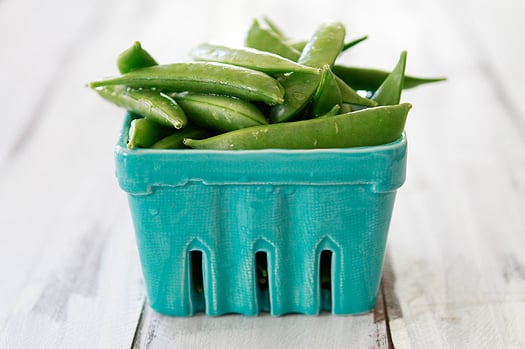
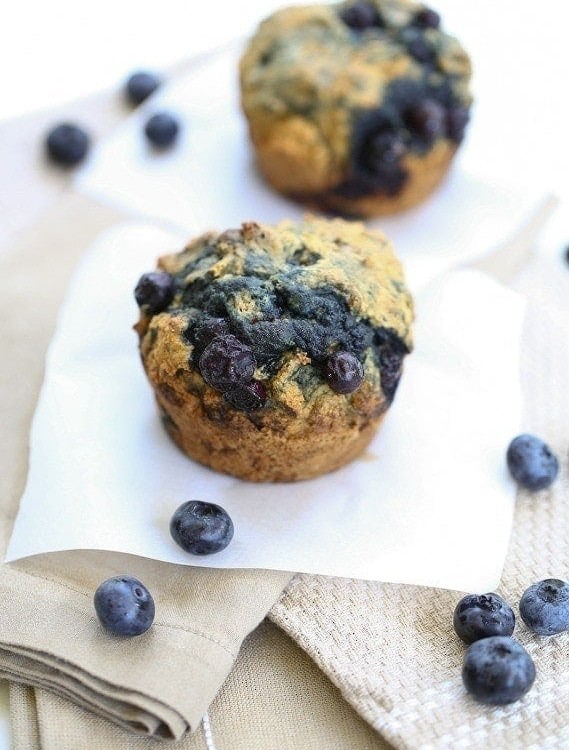
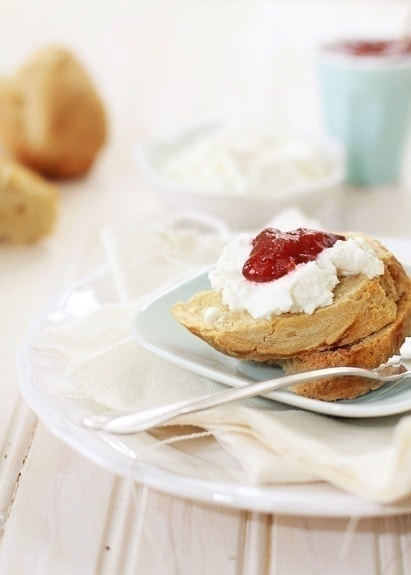
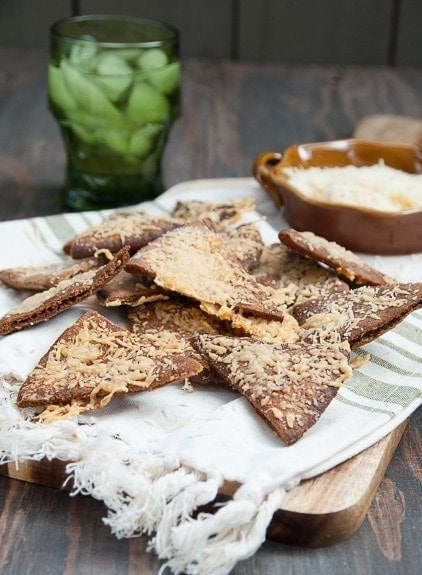
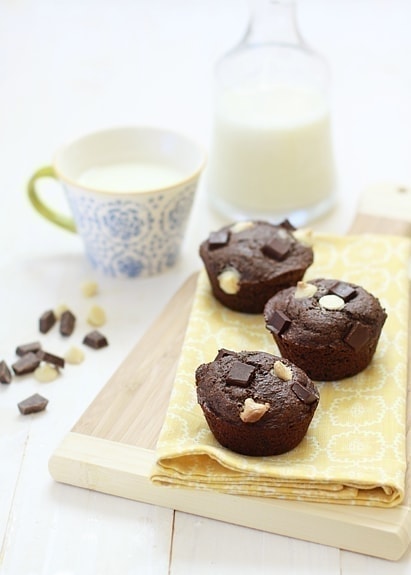
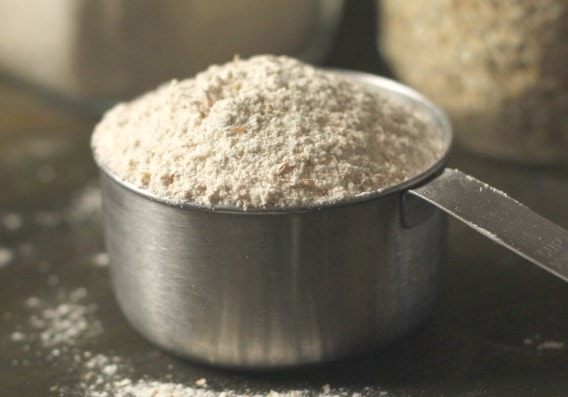
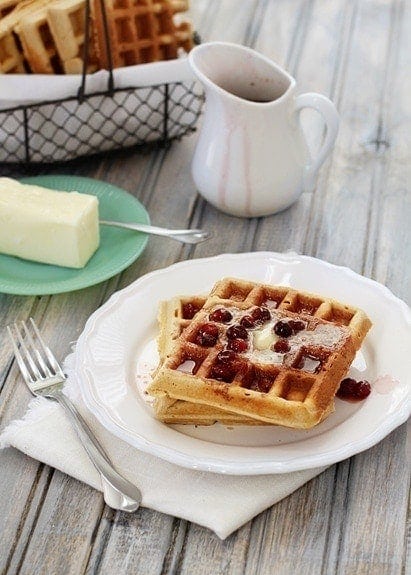



Leave a Comment